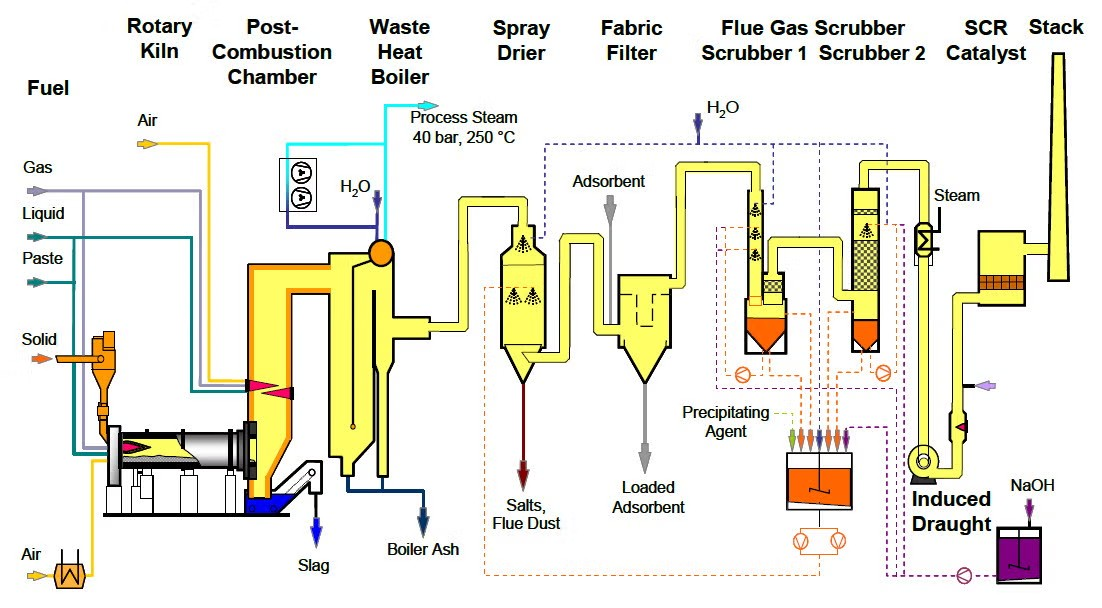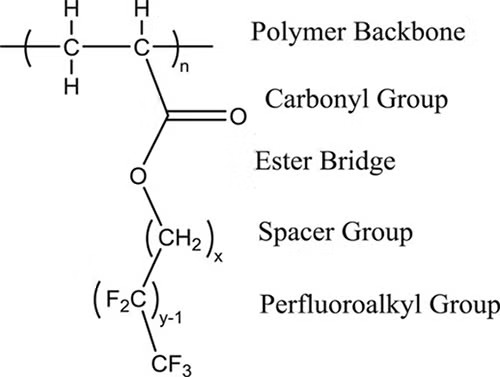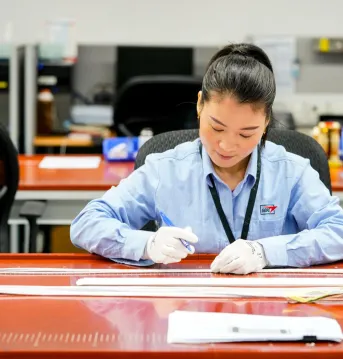Materials Stewardship

As a material science company, Gore carefully selects materials most appropriate for the unique specifications of each product and end use application. We do this with a commitment to environmental stewardship and environmental responsibility.
Gore develops high performing products that meet or exceed the applicable environmental and safety standards in the regions where our products are sold. We are committed to innovation and seek continuous improvement in our products to meet the needs of our customers and end-users, and to comply with the appropriate industry standards. We follow the developing science, do our own extensive internal testing and invest in independent research to produce and deliver products of high societal value in a manner that is environmentally responsible.
Polytetrafluoroethylene (PTFE)
Gore uses a fluoropolymer, PTFE at the heart of many of our products.
Fluoropolymers, like PTFE, are valuable materials with unique properties that enable high performing products across a range of industries and end uses. For more than 60 years, Gore has applied its deep understanding and expertise in working with PTFE to develop products of high societal value ranging from enabling technology for industrial filtration, to communication systems used onboard aircraft and in space exploration, to implantable medical devices that save and improve lives.
The chemical and physical properties of PTFE make it ideal for use in demanding applications — enabling it to withstand exposure to a wide range of corrosive substances and maintain its performance in extreme temperatures.
Understanding Per- and Poly Fluoroalkyl Substances (PFAS)
PFAS stands for Per- and Polyfluoroalkyl substances and describes a wide range of chemistries with very different properties and uses. Because there are clear and important distinctions between the more than 4,700 materials often referred to as PFAS, it is a very complex topic. Therefore, when communicating about PFAS, we believe it is important to be specific about the particular chemistries or type of PFAS being discussed. There are significant distinctions between the chemical and physical properties of fluoropolymers like PTFE and other materials most often associated with the term PFAS. PTFE does meet the very broad definition of the term despite the important distinctions. Often, agencies, regulators, scientists or media may use the acronym PFAS when the specific point being made is only accurate for certain PFAS, for example non-polymers such as PFOA. "PFAS" are, for example, described as mobile in the environment. PTFE, a fluoropolymer, is not mobile in the environment.
The Science of Fluoromaterials
Gore scientists are active participants in the scientific community, lending their expertise, research and time to broaden the understanding of fluoropolymers. Gore scientists publish their research regularly in peer-reviewed scientific journals. They attend and contribute to scientific conferences worldwide. They also share their knowledge with regulatory bodies.
Here is a small sample of their work:

The present paper brings together fluoropolymer toxicity data, human clinical data, and physical, chemical, thermal, and biological data for review and assessment to show that fluoropolymers satisfy widely accepted assessment criteria to be considered as low hazard polymers based on the weight of scientific evidence and available chemical, physical and biological data, relying on criteria recognized over time by global regulatory authorities.
Authors: Barbara J Henry, Joseph P Carlin, Jon A Hammerschmidt, Robert C Buck, L William Buxton, Heidelore Fiedler, Jennifer Seed, Oscar Hernandez
Publication Date: 09 February 2018
This study investigates the environmental fate and behavior of high-purity, polytetrafluoroethylene (PTFE-FA, fine powder meeting ASTM D4895), a fluoropolymer PFAS, using validated OECD test methods. Conducted over several years, the research evaluates PTFE-FA’s physicochemical properties, degradation potential, mobility, partitioning, and transformation across environmental compartments. The findings consistently demonstrate PTFE-FA’s lack of degradation, mobility, and bioavailability, supporting its low hazard polymer profile.
Authors: Barbara J Henry, Niels Timmer
Publication Date: August 2025
The peer-reviewed paper published in international scientific journal Chemosphere sought to build on previous studies by examining what happens to a PTFE polymer at the end of its life — when it’s thrown away and ends up in a municipal waste incinerator. The study subjected the polymer to the conditions of such an incinerator to determine whether PTFE would break down into PFAS of Environmental Concern.
Authors: Krasimir Aleksandrov, Hans-Joachin Gehrmann, Manuela Hauser, Hartmut Matzing, Daniel Pigeon, Dieter Stapf, Manuela Wexler
Publication Date: 4 April 2019

Scientists, regulators, and concerned communities often fall into one of two groups: one says all PFAS should be banned and the other says PFAS are so different that each must be evaluated, classified, and regulated individually. Barbara J. Henry, PhD, a toxicologist with W. L. Gore & Associates, says there’s a middle way forward if PFAS are grouped by their properties.
Author: Barbara J. Henry
Publication Date: 17 June 2020
This paper provided an overview of fluorine-containing compounds, their uses, their toxicological, chemical, and physical properties in relation to environmental occurrence, their analysis, and how the interpretation of the analytical data is critical to effective regulation.
Authors: Heidelore Fiedler, Todd Kennedy, Barbara J. Henry
Publication Date: 03 October 2020

A Society of Environmental Toxicology and Chemistry (SETAC) Focused Topic Meeting (FTM) on the environmental management of per- and polyfluoroalkyl substances (PFAS) convened during August 2019 in Durham, North Carolina (USA). Experts from around the globe were brought together to critically evaluate new and emerging information on PFAS including chemistry, fate, transport, exposure, and toxicity.
Authors: Jennifer L. Guelfo, Stephen Korzeniowski, Marc A. Mills, Janet Anderson, Richard H. Anderson, Jennifer A. Arblaster, Jason M. Conder, Ian T. Cousins, Kavitha Dasu, Barbara J. Henry, Linda S. Lee, Jinxia Liu, Erica R. McKenzie, Janice Willey
Publication Date: 20 July 2021
This paper provided clear, specific, and descriptive terminology, names, and acronyms to unify and harmonize communication on perfluoroalkyl and polyfluoroalkyl substances (PFASs) for use by the global scientific, regulatory, and industrial communities.
Authors: Robert C Buck el al
Publication Date: October 2011
When combined with an earlier publication by Henry et al., this study demonstrates that commercial fluoropolymers are available from the seven participating companies that meet the criteria to be considered PLC, which represent approximately 96% of the global commercial fluoropolymer market.
Authors: Stephen H Korzeniowski et al
Publication Date: March 2023
Tests at KIT show that fluoropolymers degrade almost without residue in household waste incineration according to European standards.
Authors: Hans-Joachim Gehrmann et al
Publication Date: September 2024
Additional Gore Resources on Environmental Stewardship
Related External Resources
To learn more about this topic:


